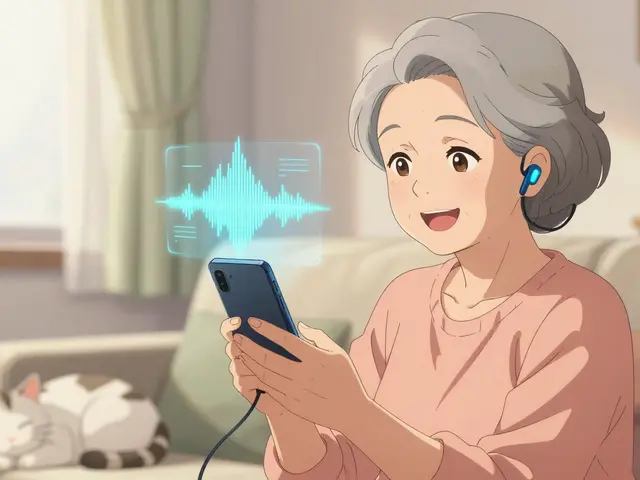ADHD Medication Guide: What Works, What to Expect, and How to Choose
If you or your child has been diagnosed with ADHD, the first question usually is “what medicine should we try?” It can feel overwhelming because there are dozens of options, each with its own pros and cons. This guide cuts through the jargon and gives you the practical info you need to make a confident choice.
ADHD meds fall into two big families: stimulants and non‑stimulants. Stimulants—like methylphenidate (Ritalin, Concerta) and amphetamine combos (Adderall, Vyvanse)—are the most prescribed because they work fast and help most people focus better. Non‑stimulants, such as atomoxetine (Strattera) and guanfacine (Intuniv), are newer, work slower, and are useful when stimulants cause intolerable side effects or when there’s a history of substance misuse.
How Stimulant Meds Boost Focus
Stimulants increase dopamine and norepinephrine in the brain, chemicals that keep attention sharp and impulsivity down. Most users notice a calmer, more organized feeling within 30‑60 minutes. The effects wear off after a few hours, so doctors can tailor the dose to your daily routine—short‑acting pills for school mornings, long‑acting versions for all‑day coverage.
Common side effects include mild appetite loss, trouble sleeping, and occasional stomach upset. These usually fade after a few weeks, but if they linger, a dose tweak or a switch to a different formulation can help. Remember, you’re not “addicted” to the med; it’s a therapeutic dose that normalizes brain chemistry.
When Non‑Stimulants Are a Better Fit
Non‑stimulants take a different route. Atomoxetine blocks norepinephrine reuptake, while guanfacine targets receptors that improve impulse control. They’re slower—often a couple of weeks before you feel the full benefit—but they avoid the jittery feeling some people get from stimulants.
The downside is that non‑stimulants can cause dry mouth, dizziness, or mild blood‑pressure changes. Regular check‑ups are key, especially for children, to monitor growth and heart health. Because they don’t have the same abuse potential, these meds are a solid choice for teens who might be tempted to misuse a stimulant.
Choosing the right ADHD medication isn’t a one‑size‑fits‑all decision. Start by discussing your lifestyle, school or work schedule, and any past medication experiences with a qualified prescriber. Ask about the shortest effective dose, how to manage side effects, and what to expect during the first few weeks.
Keep a simple log: note the time you take the pill, how you feel after an hour, and any side effects that pop up. This record helps your doctor fine‑tune the treatment without guesswork. Most people find a sweet spot within two to three visits.
Finally, remember that medication is just one piece of the ADHD puzzle. Pairing meds with behavioral strategies—like breaking tasks into smaller steps, using timers, and setting up a distraction‑free workspace—boosts results dramatically. When meds and habits work together, focus, mood, and overall quality of life improve fast.
Use this guide as a starting point, talk openly with your healthcare provider, and trust the process. The right ADHD medication can make a huge difference, and you don’t have to navigate it alone.
Strattera, known by its active ingredient atomoxetine, has carved out a unique place in ADHD treatment with its non-stimulant approach. This article dives deep into what makes Strattera different from other ADHD medications—touching on how it works, who it's for, real-life effects, stats, side effects, and tips for maximizing its benefits. You'll find credible facts, relatable advice, and practical steps to make an informed decision about Strattera, whether for yourself or someone you care about.
Continue reading





